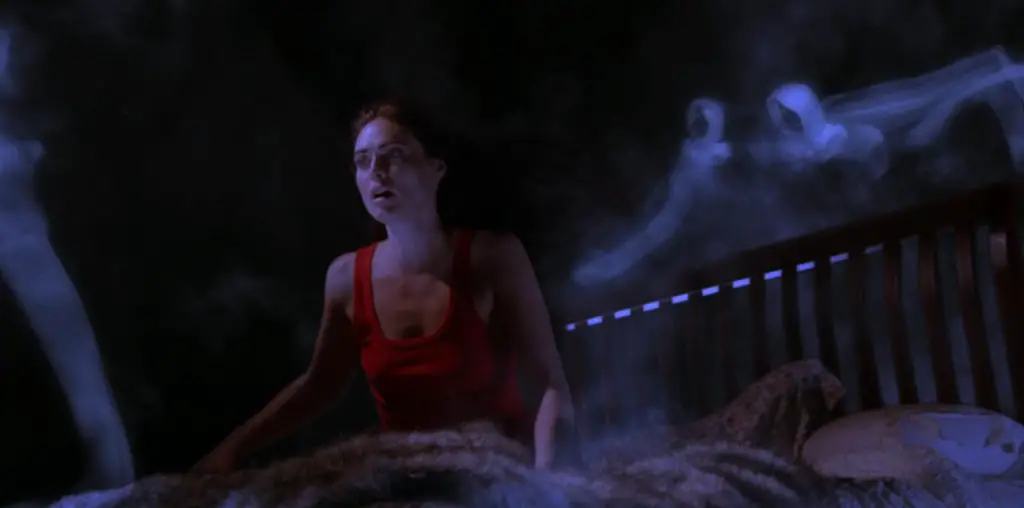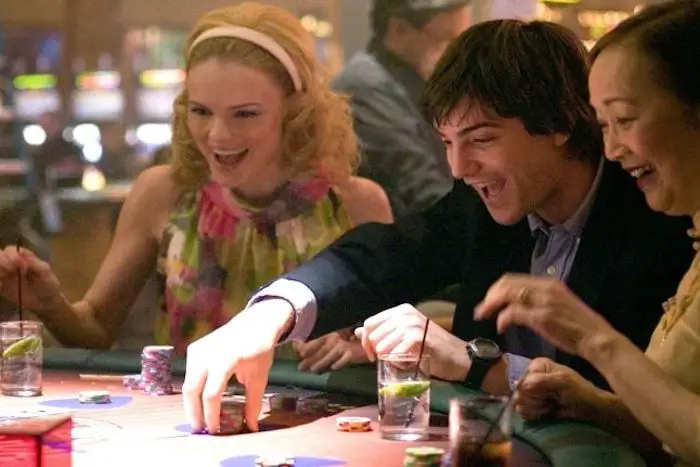
Arthur Hiller took a lot of muck with his film adaptation of the Dale Wasserman-Mitch Leigh-Joe Darion musical “Man of La Mancha.” Audiences in 1972 were not in the mood for this admittedly old-fashioned entertainment (especially when the cutting edge musical “Cabaret” was pushing limits in style and substance). Broadway enthusiasts were aghast that Richard Kiley was not allowed to revive his stage triumph, having been replaced with the supposedly non-musical Peter O’Toole. Even Sophia Loren, who played Dulcinea in the film, joined the chorus of disapproval by openly questioning why Hiller opted to shoot the film in a dingy Roman soundstage rather than take advantage of the sunny Andalusian environment which inspired Cervantes. Critics hated the movie and audiences stayed away.
To which I can ask – why? “Man of La Mancha” is, admittedly, a flawed film. But for anyone seeking genuine entertainment rather than high-falutin cinematic art, it more than compensates with excellent performances, a soaring score which survives some wobbly attempts at singing, and a genuinely sincere message that will ennoble anyone who has the patience to hear it.
Casting Peter O’Toole and Sophia Loren as the leads in the film made commercial sense at the time, as both were major box office stars. Furthermore, both performers were capable of singing: O’Toole received an Oscar nomination for the 1969 musical “Goodbye, Mr. Chips” while Loren sang pleasantly in several of her earlier movies (most notably the charming novelty song “Bing Bang Bong” in “Houseboat”) and she even recorded a light comic pop album with Peter Sellers in the early 1960s. But neither had the vocal training or capability to handle the decidedly strenuous score of this popular Broadway show. O’Toole was lucky enough to have Simon Gilbert dub the most demanding of his songs (including the landmark ballad “The Impossible Dream”), but Loren was left to her own musical devices and the results were decidely mixed. Fortunately, she was so damn beautiful in “Man of La Mancha” that most of the attention focused on her great pair of lungs rather than her melodic endeavors.
And would Richard Kiley have been better on the screen? Simply, no. Kiley’s talent never translated well on the big screen, and one need only look at his ill-focused starring performance in the 1974 musical debacle “The Little Prince” to see why he was neither considered for the film of “Man of La Mancha” and why he never achieved movie stardom.
Besides, O’Toole was physically and emotionally perfect as Don Quixote. His lean body and haunting eyes brought Cervantes’ deranged would-be knight to stunning life, while the richness of his voice gave life to the peculiar mix of intellectualism and lunacy that characterized Don Quixote’s quest for glory and fame. Some critics harped on the make-up job given to O’Toole, but then again “Man of La Mancha” is supposed to be a play within a play (it begins in a Spanish dungeon where the imprisoned Cervantes improvises his story while awaiting the Inquisition’s judgment), so the stretch of reality makes sense in this setting.
As for the setting itself, one can sympathize with Loren’s desire for the film to be shot on location in Spain. Francesco Rosi brilliantly opened up the opera film of “Bizet’s Carmen” with his stunning use of Andalusian settings, giving a vibrant visual sweep to the story. But then again, most of “Man of La Mancha” takes place in a rural inn and the need for extensive locations was not present in Dale Wasserman’s screenplay adaptation of his Broadway text. (The film was also financed by Italian producers, who clearly wanted to keep costs down and thus opted for an inexpensive Roman studio rather than an expensive Spanish location excursion.)
Now for the selling points: “Man of La Mancha” has so much going in its favor. A major plus is James Coco’s richly funny supporting performance as Sancho Panza. Besides being physically perfect for the role, he also managed to reign in his usual hammy excesses and thus detailed Sancho’s hapless situation without making a pain of himself. The supporting cast includes British stalwarts Harry Andrews, Brian Blessed and Ian Richardson, all of whom keep the action moving with their usual polish and skill. And, of course, the peerless score — no matter who is singing it or how it is being sung, it is the rare work of musical art which can still touch the emotions with its rich range of pathos, comedy and (for “The Impossible Dream”) a sublime sense of mission.
The film is also a treat to anyone who ever read “Don Quixote” (and “Man of La Mancha” is actually inspired by a tiny segment of Cervantes’ classic). The misadventures of Don Quixote and Sancho Panza are both profound and delightful — the quest for a long-lost chivalry amidst a world where venality reigns. Orson Welles, in his uncompleted film version of “Don Quixote,” stretched Cervantes’ thesis further by putting the two main characters into modern Spain, openly suggesting the anachronism of the mission was always out of place, whether in the 16th century or in the 20th century. But “Man of La Mancha,” with its musical plea of dreaming the impossible dream, richly echoes Cervantes genius in giving Don Quixote’s lunacy a troubling foundation. Who is the real lunatic: the man who sees the chance for glory in an inglorious world, and the one who prefers not to dream for a better world? Cervantes asked the question first and his work is among the world’s greatest literary treasures. “Man of La Mancha” repeated the question, and while it is hardly among the world’s greatest films it nonetheless gives pause to consider the question in a fun and diverting manner.

